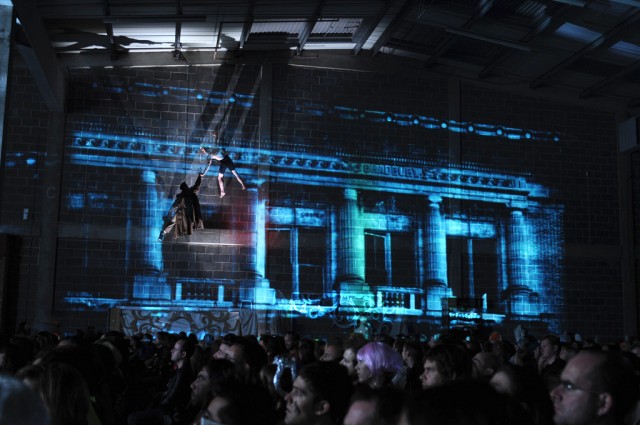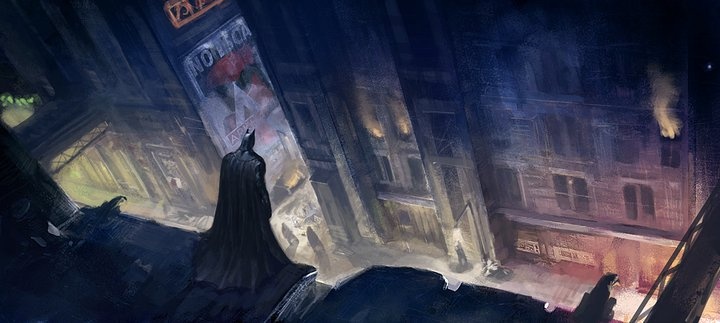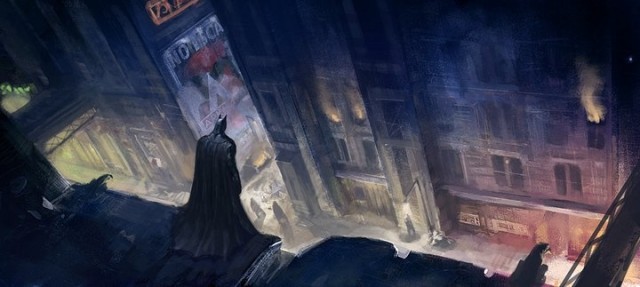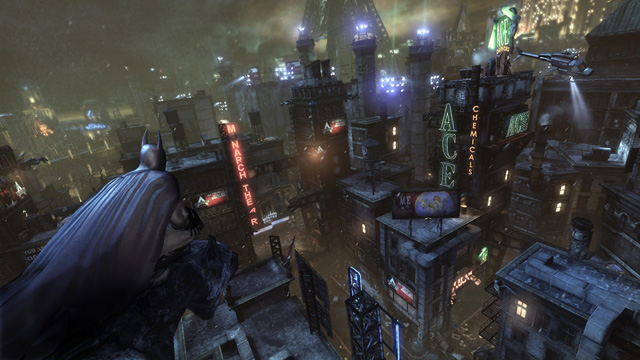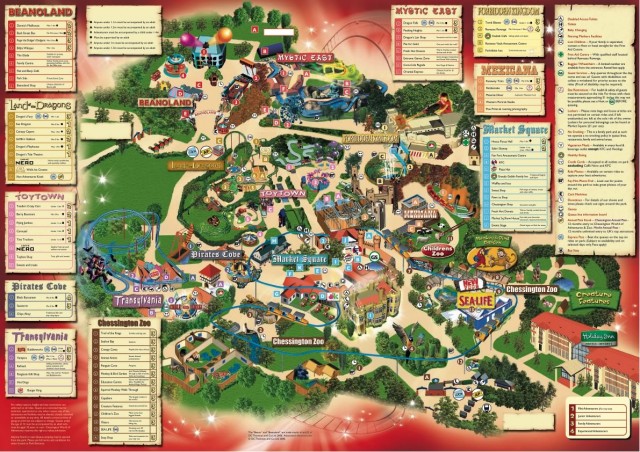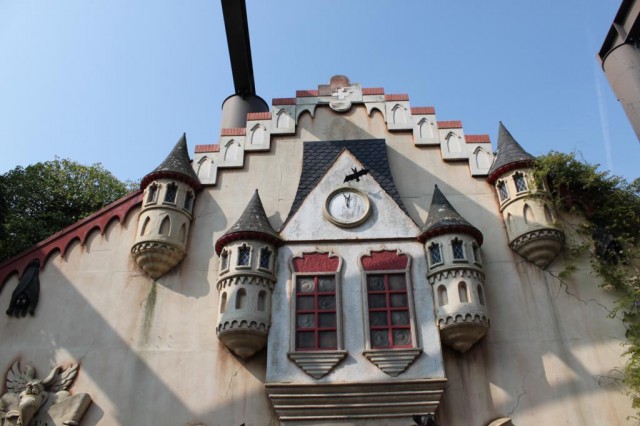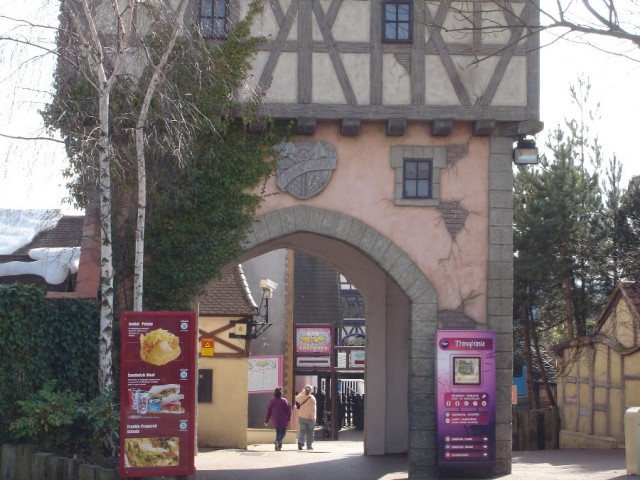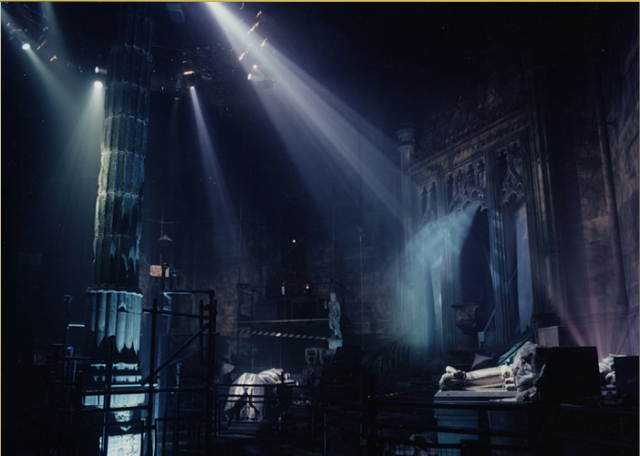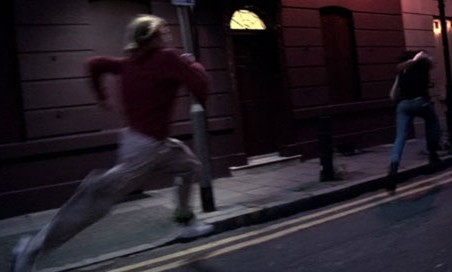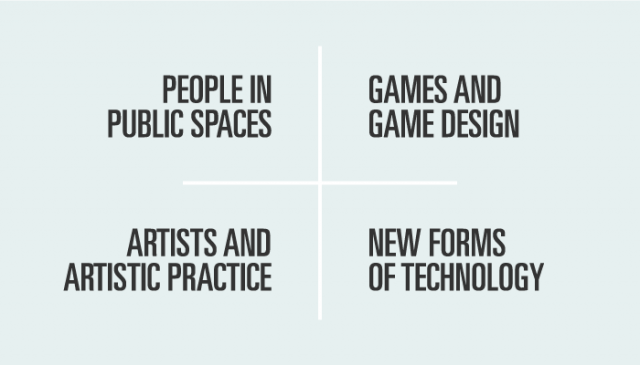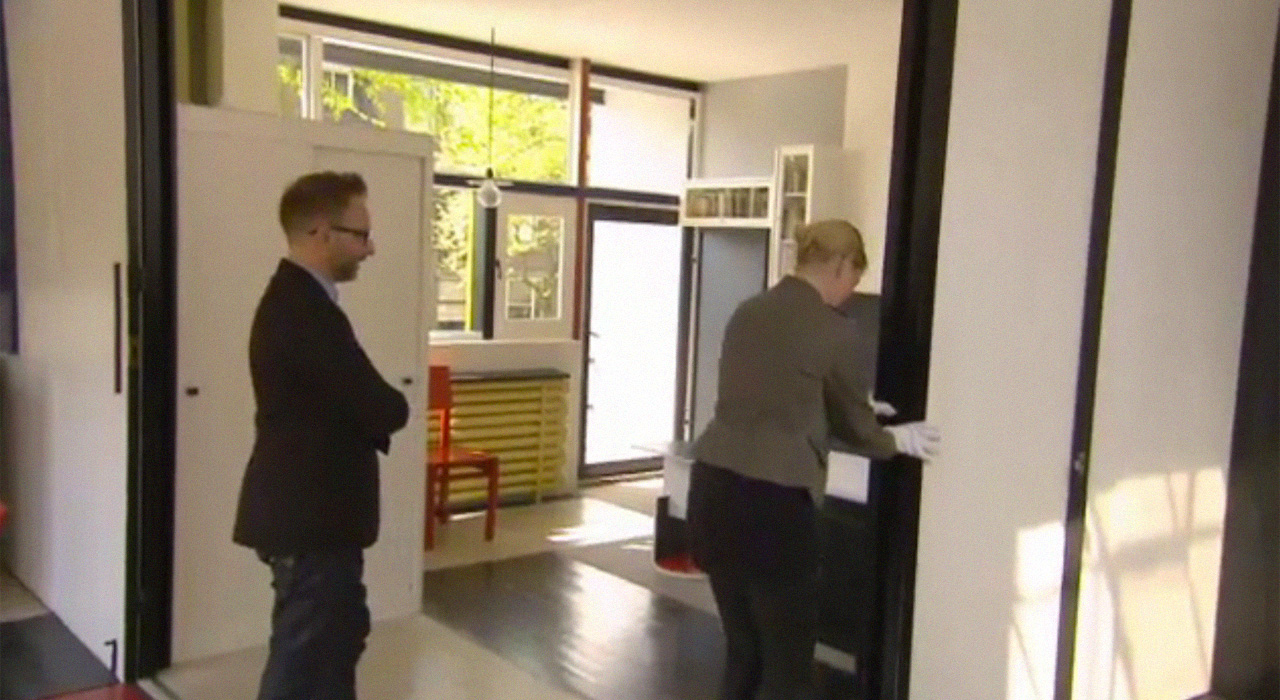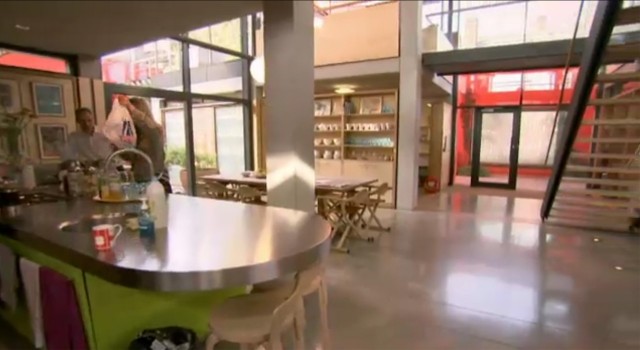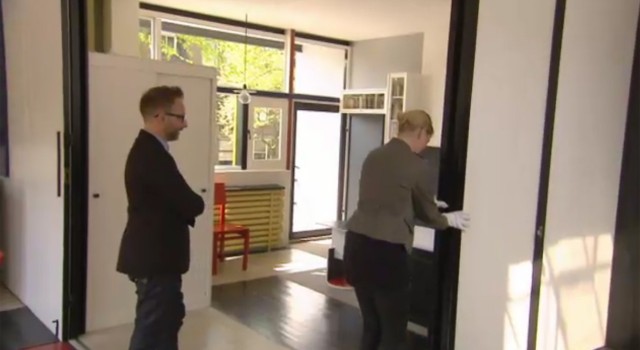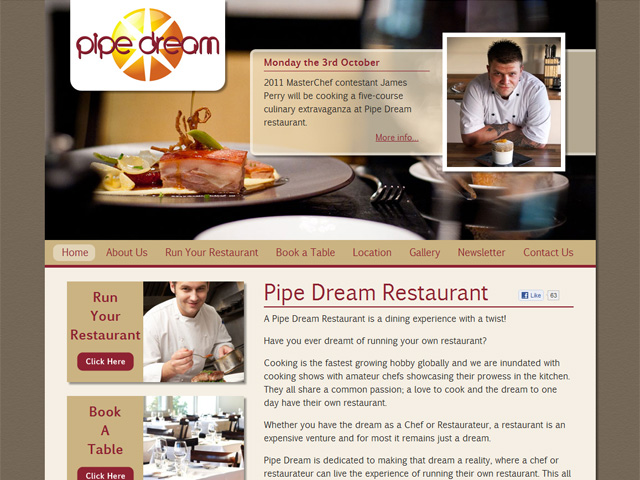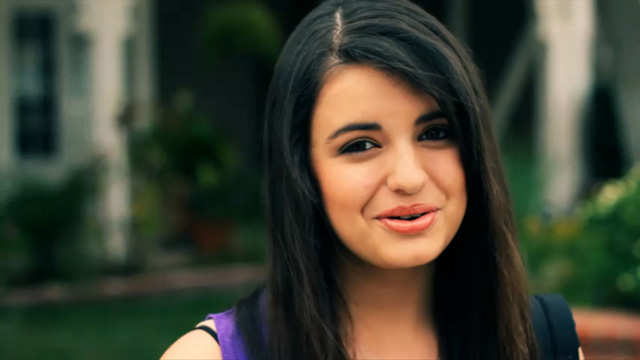You Me Bum Bum Train

Sam Hill
24th January 2012
The extended 2011-’12 run of immersive theatre experience You Me Bum Bum Train (YMBBT) has now finished. This means it’s now pretty much okay to talk about what happens during a show. Whilst it was still running it was definitely, definitely NOT okay to talk about it. If you’ve plans to attend a future performance and don’t know anything about the overall format you may not want to read on.
The name doesn’t really mean anything, by the way.
The event was started in 2004 by artists Kate Bond and Morgan Lloyd. This is how they describe it in their own words:
“You Me Bum Bum Train is an experiential form of live art that will leave you completely overwhelmed. As a sole participant, you are taken in a wheelchair on a bizarre voyage … Unlike any other theatrical experience, the show is based around you: the only audience member throughout the entire journey. The intense nature of the ride makes You Me Bum Bum Train a most unique, unforgettable adventure … You are continuously catapulted into unimaginable situations”
YMBBT is sort of like a haunted house ride taken to the extreme. However, instead of focusing all immersive activity around one theme – as seen in parallel productions from Punchdrunk and Secret Cinema – the energy of YMBBT comes from the deliberately jarring nature of each successive scene – the experience is similar to walking through an episode of Monty Python’s Flying Circus. What’s lost in cohesive narrative is made up for in variety and intensity – some scenes are very quiet and intimate, others fleeting, and some requiring literally crowds of actors.
The show has steadily grown in the last seven years and has received increasingly more acclaim and attention. Critics and fans such as Steven Fry received it very warmly, tweeting:
“Holy hound dog! “You Me Bum Bum Train” the theatrical experience of my life. Exhilarating, scary, brilliant, breathtaking and SO original <3″
This year it occupied much of Holborn Tower’s cavernous interior – a former postal sorting office on New Oxford St. An audience member (or ‘Passenger’) wouldn’t have known this however, as within the aircraft hanger-sized space the ride/ show took the form of many variously sized rooms, connected by a series tubes and corridors like a giant hamster playpen. The sheer scale of the production was staggering – There were about 20 different environments, each one meticulously designed and built from scratch. Some scenes were enormous. Every night required a cast of 200, performing 70 times to as many audience members. Including stage hands, technicians, set-builders and administrators the contributors list quickly escalates into something like 2-3000.
This creates a very interesting situation. More people worked on the show than those who ended up consuming it. Or to put it another way, more people were experiencing the show as a contributor than as a passenger. Tickets were almost impossible to come by – the original 800 sold out within 10 minutes (and the site suffered over 80,000 hits during that time). As an odd consequence, many of the actors and other volunteers that became involved did so because they weren’t able to source tickets themselves.
Two members of PAN were amongst that number. We volunteered ourselves as designers and actors and had an amazing time. I did have some photos of the stuff we worked on but was asked to delete them to retain an overall element of secrecy. I suppose you have to respect that.
(One scene from a previous year of YMBBT – you can see how well each scenario is fleshed out)
The economics and logistics of an endeavour like this deserve some scrutiny, because it would be great if there was more stuff like it out there. YMBBT is not-for-profit, but it relies so heavily on goodwill that it could hardly exist in any other way. Generally, for a project of this sort, income opportunities would come from ticket sales, sponsorship, investors and governmental arts funding schemes/ grants. The tickets could have been prohibitively expensive and still have sold, but they were deliberately kept accessible and democratically available (having said that, at ~£35 a ticket, they would seem expensive if you didn’t know what to expect).
Typical expenditure for a project like this would include production, location hire, organisation and talent. For YMBBT, many of the materials and props were skilfully begged, borrowed and scrounged; amazing considering the attention to detail. The cast and crew were the real saving grace however – everyone I met appeared to be volunteering their time for free, with many people dedicating whole months to make sure the show went on. Within the community that developed the dedication to the cause seemed practically fanatical.
The most inspiring thing for us was seeing the potential of a good idea being scaled over several years to create something extraordinary. Many of the passengers have called the 40-minute show “the best thing they have ever done”. That’s not just their favourite theatrical experience, but the best possible experience of their lives’. To know that designing and engineering such events is possible is more than a little bit motivating.
(edit: To further retain secrecy, mentions of specific scenes have been removed at the request of YMBBT)




